 Workshops are a powerful way to train, collaborate, and solve problems as a group.
Workshops are a powerful way to train, collaborate, and solve problems as a group.
Yet, despite their popularity, many people still struggle with how to run them effectively.
Having worked on innovation projects at ?What If!, I’ve experienced first-hand how workshops can unlock creativity and encourage collaboration.
While I can’t recreate the magic of a live workshop in these reflections, I can share some of the best tips I’ve learned when running workshops to help you elevate your next session.
What a Workshop Really Is
Let’s clear this up first: A workshop is not a lecture. It’s an interactive session where participants actively contribute.
Scott Berkun explains this well:
“A cooking workshop means [participants] cook things. A writing workshop means [participants] write things. If most of your “workshop” is people not actually making anything, you should perhaps call it a class, a lecture, or a mistake.”
I see workshops as a way to get a group to collaborate efficiently or learn in an interactive way.

Usually, workshops are organised at the start of a project or as a milestone in the project.
Workshops are designed to bring people together to collaborate, learn, and work toward a common goal.
They are often used at key points in a project—like at the start or during major milestones—to bring everyone into the same room in order to:
- Facilitate collaborative work (planning, ideating…)
- Teach new skills
- Tap into each team member’s unique expertise
- Align everyone on the project’s progress
- Drive decision-making (but beware of consensus!)
A great workshop requires preparation. Here’s how you can do this.
How to Prepare a Great Workshop
Here’s a breakdown of the five essential phases you should follow:
- Analysing
- Planning
- Developing
- Rehearsing
- Evaluating
To run a great workshop, preparation is key.
1. Analysing
Before you start, ask yourself: Do I really need a workshop? You must be confident it’s the best way to get the outcome you need. When it’s not the case, a workshop becomes an entertainment or a time waster, i.e., a mistake.
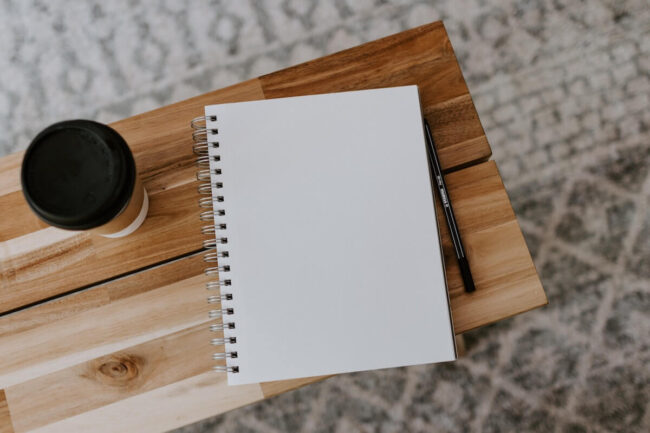
You must be clear on the purpose of the workshop.
- Why do you need a workshop? What do you want to achieve?
- Do you really need a workshop for that?
- If yes, what is your vision of success (ideal outcome) for this workshop?
- Who needs to be there to make it a success?
- What outputs do you want to have by the end of the session?
If you can’t answer these questions, a workshop might not be the best approach.
2. Planning
Now that you’ve decided to run a workshop, start planning with the end in mind. Picture the outcomes you want and work backwards.
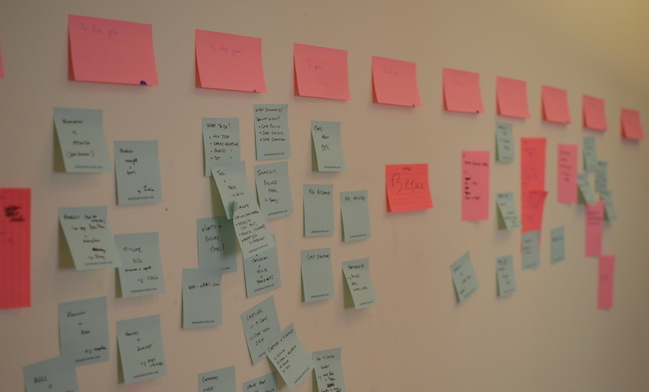
Create a detailed agenda that outlines:
- Key moments
- Activities (what you will tell the participants and ask them to do)
- Timings
- Roles (who does what)
- Materials needed
The clearer your plan, the easier it will be to execute.
Top tip: At each moment of the day, you should be able to picture exactly what you do with your audience.
3. Developing
This is where you create the actual content, from workshop invitation to slides to templates.
It may sound obvious, but sometimes we’re quick at getting into “creation mode”, while actually the content already exists. Make sure to search for what has already been made before you get into creating new content.

There’s a reason I make a distinction between planning and developing. Both activities require a different mindset: Planning is about structure. Developing is about content.
Top tip: If you think you’re going to reuse the content, I encourage you to write a detailed script and even record the workshop. This will allow you to get other team members to run similar workshops.
4. Rehearsing
If you feel nervous at the beginning of a workshop, the chances are that you didn’t spend enough time rehearsing with your team.

In the ideal situation, you’d like to walk through the entire workshop with your team to make sure everyone knows their roles and the flow is smooth. If you’re short on time, even a quick run-through can make a difference.
Remember: Rehearsing is a good way to gain confidence and sense-check if there are any issues in the plan.
5. Evaluating
After the workshop, I would recommend to review what happened:
- What went well?
- What could be improved?
This is especially important if you’re considering running the same workshop with different groups. On a more personal level, it’s also the best way to improve your ability to run workshops.
Dig deeper: Here’s my selection of the best 7 books about workshop facilitation that I recommend reading.
15 Practical Tips to Run a Great Workshop
1. Start with the end in mind

When everyone knows what success looks like, they’ll be more aligned and engaged.
2. Start with clarity on the why, the how, and the what
I like to start my workshops by talking about the purpose, the agenda, and the expected results.
Since we want [purpose], we are going to follow [agenda] in order to arrive at [results].
- The purpose is the reason why this workshop is important for you and for the participants.
- The agenda is the way you’ll go through the session with them. there. It’s a step-by-step outline of what will happen.
- The results are what the participants should expect to get at the end of the workshop.
Sharing this upfront ensures that everyone is on the same page from the start. It aligns participants with the workshop’s direction and goals, making the session more focused and productive.
3. Create a collaborative environment
The space and atmosphere you create during a workshop have a huge impact on participation. In The Checklist Manifesto, Atul Gawande highlights an interesting concept called the “activation phenomenon“:
“Giving [doctors and nurses] a chance to say something at the start [of an operation] seemed to activate their sense of participation and responsibility and their willingness to speak up.”
An easy way of doing this is to get everyone to introduce themselves in an engaging way.
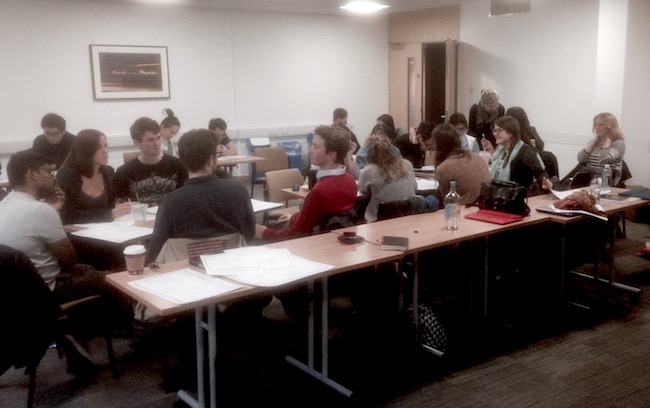
Instead of just asking for names and job titles, try adding personal prompts like, “What’s your favourite memory from a road trip?” or “What excites you most about this workshop?” These simple questions help break the ice and encourage people to open up.
Dig deeper: Imagine starting your next session with an icebreaker that instantly pulls people in and keeps them hooked. With The Icebreaker Playbook, you get icebreakers that work, with no fluff, just results.
4. Make it interactive
Workshops are all about engagement, so even when you’re explaining something (e.g., theory, concept, and methodology), keep things interactive.
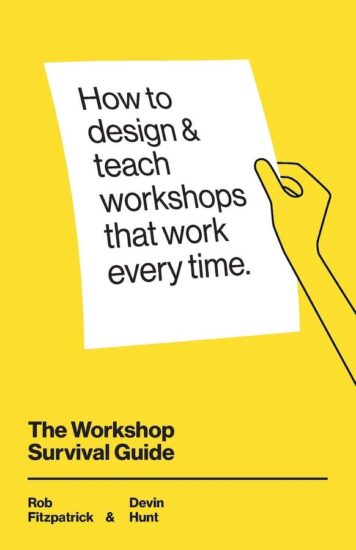
A good book: If you want to get into more on running “teaching” workshops, I recommend you The Workshop Survival Guide by Rob Fitzpatrick.
5. Brief exercises with a structure
Every exercise in your workshop should follow a clear framework: purpose, process, and payoff.
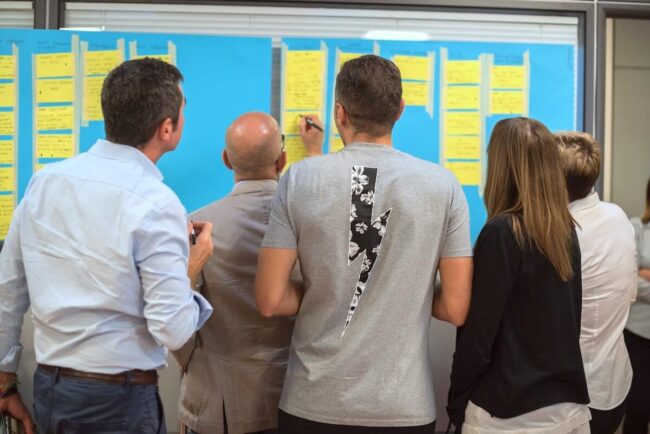
Here’s how I brief an exercise:
- State the purpose: Remind participants why they’re doing the exercise.
- Explain the process: Be clear on the steps. Who does what? How long will it take? What are the roles and tasks?
- Outline the expected outcome: Tell them what you want them to produce or learn by the end.
Just before you get them started, ask if it’s all clear and if they have any questions.
Once the exercise is complete, consider doing one of these two things:
- Share back: Have participants present their results. This encourages further discussion and refinement of ideas.
- Debrief: Ask participants what they found interesting or challenging and what key takeaways they got from the activity.
Then, you can use the same briefing framework with the next exercises.
6. Teach with context
There are three things to keep in mind when you plan to teach something new.
- Starting point — What do participants already know about the subject?
- Learning objectives — What do they need to know by the end?
- Context of use — How will they apply this knowledge in the future?
The last question is really important.
Framing new knowledge in a way that’s immediately applicable increases retention and makes it more likely they’ll use what they’ve learned when the time comes.
7. Manage the group’s energy
Workshops are as much about energy as they are about content.
At ?What If!, we use short, playful activities like energisers or team-building exercises that keep the energy high and foster positive group dynamics.

I find that team-building activities are great to reboot everyone’s energy.
You can also change the energy in the room by varying activities: make the participants stand up, move to another room, get them to work in pairs, or reflect on their own…
8. Adjust your style as needed
As the facilitator, you’re the guide. Every participant takes their cues from you, so it’s important to read the room and adapt your state to lead the group.
Workshops often require you to switch between roles—sometimes you’re the teacher, sometimes the coach, and other times the leader who pushes the team forward. Adjust your style as needed, whether it’s energising the group or helping them focus during reflective exercises.
9. Be an engaging speaker
Though workshops aren’t lectures, your ability to engage the audience matters.
Make your points through storytelling, ask questions, and encourage participants to share their own experiences. This interactive style keeps everyone involved and brings out the wealth of knowledge in the room.
Go deeper: Discover my 19 expert tips to be better at public speaking as a facilitator.
10. Use the space
A good workshop fills the space—literally.
People think and collaborate better when they can see the work around them. Don’t hesitate to use walls, boards, or online tools to make ideas visible.
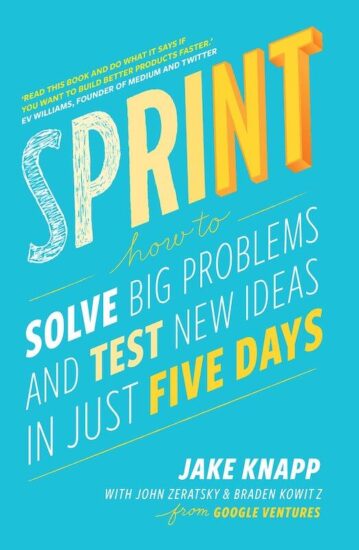
Jake Knapp, author of Sprint, explains that using space to display ideas taps into our spatial memory, making it easier to remember and work with complex information.
“As humans, our short-term memory is not all that good, but our spatial memory is awesome. A sprint room, plastered with notes, diagrams, printouts, and more, takes advantage of that spatial memory. The room itself becomes a sort of shared brain for the team.”
When everyone can see the notes, diagrams, and brainstorming outputs, collaboration becomes more fluid and ideas flow more freely.
11. Constantly assess what’s going on
There’s your plan. And then, there’s the reality.
“In preparing for battle I have always found that plans are useless, but planning is indispensable.”
― Dwight D. Eisenhower
Of course, you need a session plan. But stay flexible enough to adjust to new insights or challenges. Use your intuition to navigate the session and find the best way to reach the ideal outcome.
12. Encourage collaboration
Having many participants means that there are lots of different opinions in the room. As a workshop are about collaboration, it’s important that the team stays open-minded.
At ?What If!, we talk about “greenhousing,” which means suspending judgment, understanding each idea, and nurturing it.
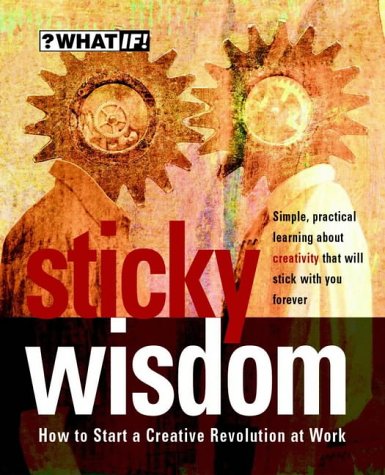
Pixar uses a similar concept called “plussing“:
“The practice has been built on the core principles [of] improvisation, which are: accept all offers (accept the idea, don’t reject it), use “yes, and …” instead of “yes, but …”, and make your partner look good.”
Both methods create a positive dynamic where participants feel safe to contribute. However, don’t be afraid to gently steer conversations back on track if they veer off-topic.
Watch out: When someone just criticises an idea and doesn’t provide a way to improve it, they’re breaking everyone’s creativity. Get them to refocus on the three steps of greenhousing.
13. Highlight the progress
Throughout the workshop, remind participants of the progress being made.
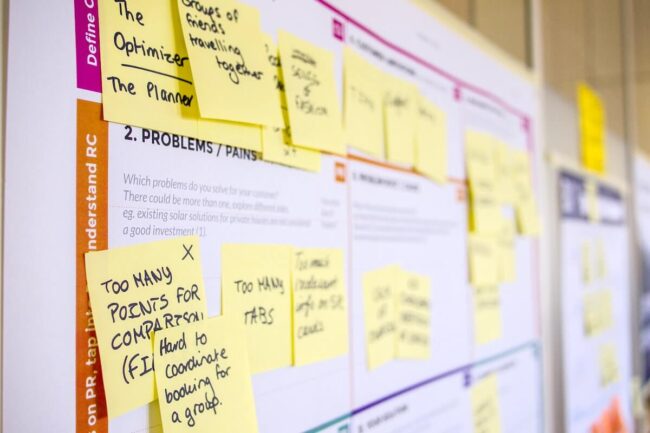
Keep the outputs visible, and walk them through the key achievements step by step. This reinforces the value of their contributions and keeps everyone motivated.
14. Follow up
After the workshop, keep the momentum going:
- Share the outputs and key takeaways
- Clarify next steps
- Assign actions
Make sure each action has an owner and a deadline to ensure accountability.
15. Have fun!
Finally, enjoy the process! If you’re having a good time, it’s contagious.
Participants will pick up on your enthusiasm, which will motivate them to stay engaged.
Ready to level up your workshops?
If you’re tired of icebreakers that fall flat, The Icebreaker Playbook is the fix you’ve been looking for.
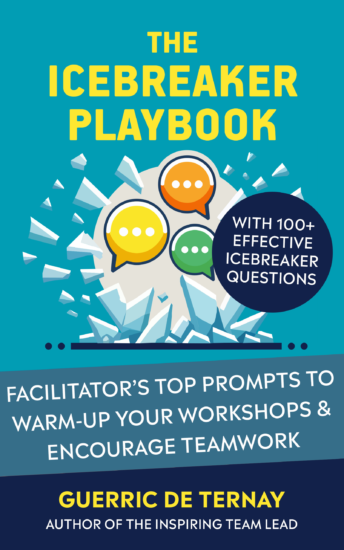
Inside, you’ll get over 100 tested icebreakers, plus pro tips on when and how to use them for max impact.
You’ll walk into every workshop with confidence, knowing you’ve got the right tools to break the ice and get people talking.